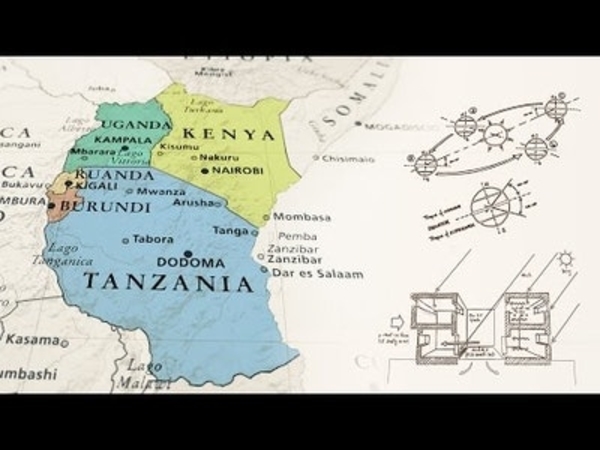Sustainable building design for tropical climates: integrating design of buildings and technology systems
Add to FavouritesDescription
One of the primary tasks of building’s designers is to create a built environment that is able to improve human wellbeing and productivity, at the same time maintaining an adequate level of operational efficiency and an effective use of natural resources. In that regards, the HVAC system (Heating, ventilation and air conditioning) is one of the most important elements in designing a “sustainable” building in EAC countries. A conventional design approach is, by itself, not sufficient to achieve good performance because a building should be conceived as a system, capable of providing different types of services with the minimum impact. In fact, the incorrect design of a building from the architectural point of view (envelope, orientation, lay-out of the internal space, etc.) can result, for example, in an oversized HVAC system which can be energy intensive to operate and costly and difficult to maintain. Sustainable building design in EAC countries implies integrated design, which means that architects and mechanical engineers must interact, just as both have to interact with the energy expert. There is no possibility of interaction if the designer does not have some basic knowledge of the technologies that are used with great expertise by mechanical engineers. In that respects, the aim of the course is to provide the main information about technological systems and tools for designing climate responsive buildings in EAC and other tropical countries with similar climates.







 How to resolve AdBlock issue?
How to resolve AdBlock issue? 


Comments (0)